| Structure | Name/CAS No. | Articles |
|---|---|---|
 |
sodium chloride
CAS:7647-14-5 |
|
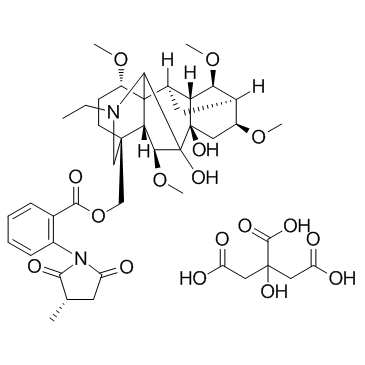 |
Methyllycaconitine citrate
CAS:112825-05-5 |
|
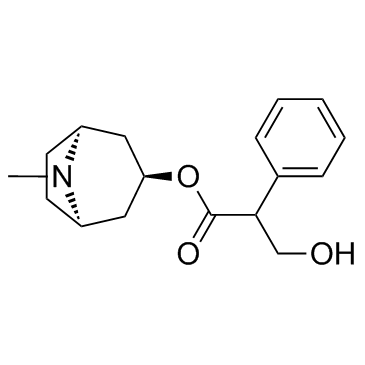 |
Atropine
CAS:51-55-8 |
|
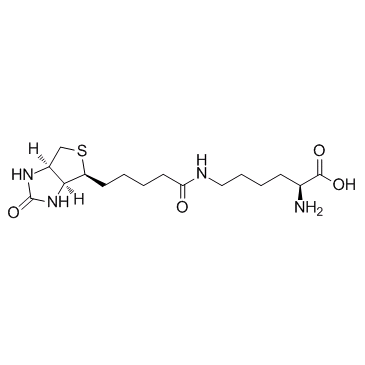 |
Biocytin
CAS:576-19-2 |
|
 |
SODIUM CHLORIDE-35 CL
CAS:20510-55-8 |
|
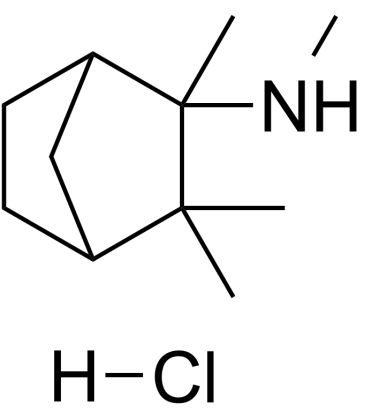 |
UNII:4956DJR58O
CAS:826-39-1 |
|
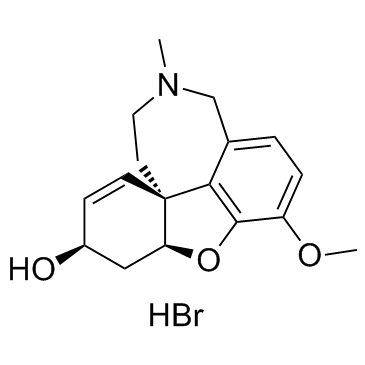 |
Galantamine hydrobromide
CAS:1953-04-4 |
|
 |
Physostigmine
CAS:57-47-6 |
|
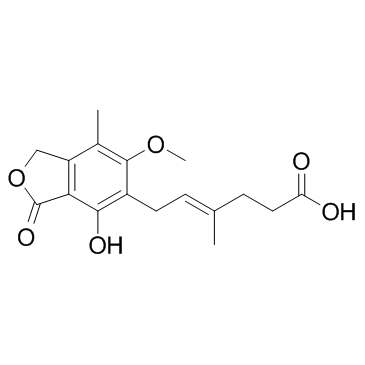 |
Mycophenolic acid
CAS:24280-93-1 |